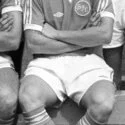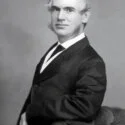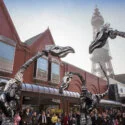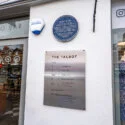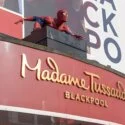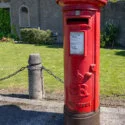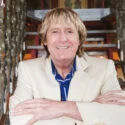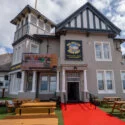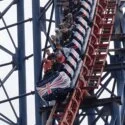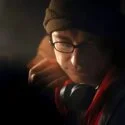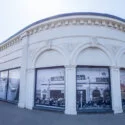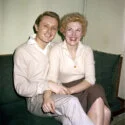Janet Neilson Horsburgh, born on 28 September 1934 in Blackpool, was the daughter of Scottish comedian Alex Munro (real name Alexander Neilson Horsburgh) and Phyllis Robertshaw. Janet adopted her father’s stage name professionally and grew up in a showbiz environment, frequently appearing alongside him on stage. Her mother passed away when Janet was just seven years old, after which she was initially raised by her father. At the age of ten, she moved to the village of Embsay to live with her aunt and uncle for a while. Following her father’s remarriage, Janet returned to live with him and her stepmother, Lilias Munro in Blackpool. After completing her education, Janet worked in a shoe shop, but her true ambition was to become an actress. While her father hoped she would join him in his comedy act, Janet pursued her own career in acting. She took a job at a repertory company, starting as a student messenger and eventually becoming a stage manager at just 17. Janet worked in various theatre companies in nearby towns such as Preston, Oldham, and Hull, earning around £8 a week.
Her breakthrough came in 1958 when she was cast as the female lead opposite Sean Connery in Disney’s Darby O’Gill and the Little People (1959). The film, which was shot in Hollywood, was cast out of London, and Walt Disney discovered Janet after seeing her in Pick Up Girl. After a two-day screen test, Disney was so impressed that he signed her to a five-year contract. Janet’s performance in Darby O’Gill won her a Golden Globe Award, marking the beginning of a successful career in film.
In the clip below you can see her appearing in Darby O’Gill and the Little People with Sean Connery.
Janet Munro’s early career in Hollywood saw her starring in three Disney films. In 1959, she featured in Darby O’Gill and the Little People, followed by Third Man on the Mountain the same year, and Swiss Family Robinson in 1960. In both Third Man on the Mountain and Swiss Family Robinson, Munro starred opposite actor James MacArthur, establishing a notable on-screen partnership with him. These roles cemented her status as a rising star within Disney films during the late 1950s and early 1960s. The two clips below show them playing opposite each other.
Janet Munro, whose career spanned both film and television, was often compared to actress June Allyson in contemporary reports due to her similar charm and talent. She made her U.S. television debut in 1959, starring in a Hallmark Hall of Fame adaptation of Berkeley Square, directed by George Schaefer, and opposite John Kerr. Reviews praised her performance, with one stating that she did “beautiful work.” Following this, Munro returned to England to play Tommy Steele’s love interest in Tommy the Toreador (1959) and starred in her third Disney film, Swiss Family Robinson (1960), where she again romanced James MacArthur. The film was shot in the West Indies over five months, showcasing her talents on an international scale. Munro’s other film credits include The Trollenberg Terror (1958), a horror film, and The Day the Earth Caught Fire (1961), which is considered one of her most memorable roles.
Munro had a notable career in television, appearing in various BBC and ITV series. She played the lead role of Rose in the 1954 BBC adaptation of I Capture the Castle and appeared in the 1957 Gordon Harker comedy Small Hotel. Her regular appearances on TV shows like ITV Television Playhouse and Armchair Theatre brought her to a wider audience, and she performed in roles ranging from ingénue parts to more complex characters. She gained recognition in 1958, when she was named “Miss English Television.” Munro’s association with Disney continued when she was set to star in Bon Voyage alongside Karl Malden, but the role eventually went to Deborah Walley. Instead, she appeared in The Horsemasters (1961), a film shot in England for American television, and Time Remembered (1961), another U.S. TV project. She also starred in The Day the Earth Caught Fire (1961), a film that became one of her most celebrated works. In 1962, she earned a BAFTA nomination for her performance in Life for Ruth (1962), directed by Basil Dearden.
Despite some of her films, like Bitter Harvest (1963), not achieving success, Munro continued to work in a variety of genres, including drama, comedy, and thriller. In the 1960s, she appeared in Hide and Seek (1964) and A Jolly Bad Fellow (1964), and had a cameo in Daylight Robbery (1964). After taking time off to focus on raising her family, Munro returned to acting following her second marriage to actor Ian Hendry. She appeared in the 1968 TV series Vendetta and Thirty-Minute Theatre and traveled to New York to star in a TV adaptation of The Admirable Crichton (1968). In 1969, Munro played the lead role in the series The Tenant of Wildfell Hall, which earned critical acclaim. The Guardian called her a “revelation,” noting her powerful and experienced acting that showed maturity beyond her earlier, more innocent roles. Her final acting roles included appearances in Play for Today (“The Piano”) and the TV series Adam Smith, as well as a stage appearance in Look – No Hands in July 1971.
Tragically, Janet Munro passed away at the young age of 38 from a heart attack, cutting short what was a promising and diverse career. Despite her short life, her body of work continues to be appreciated by fans of classic British cinema and television.
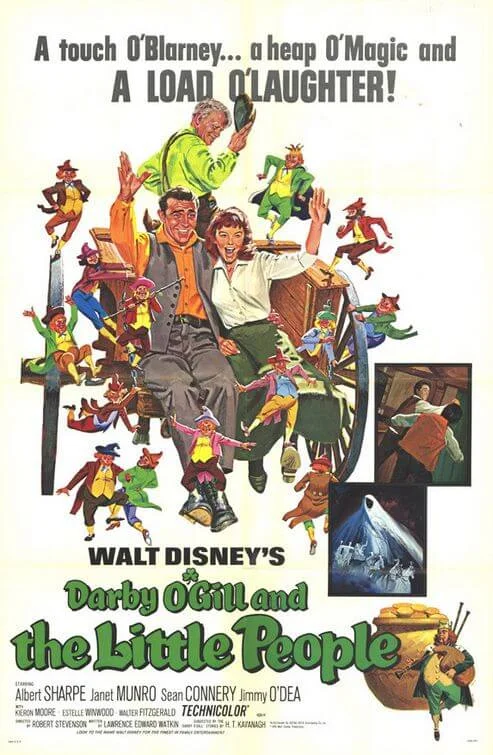
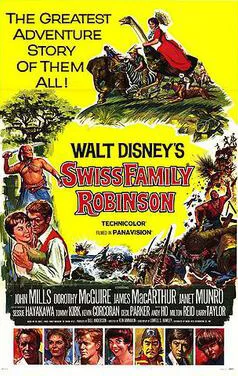
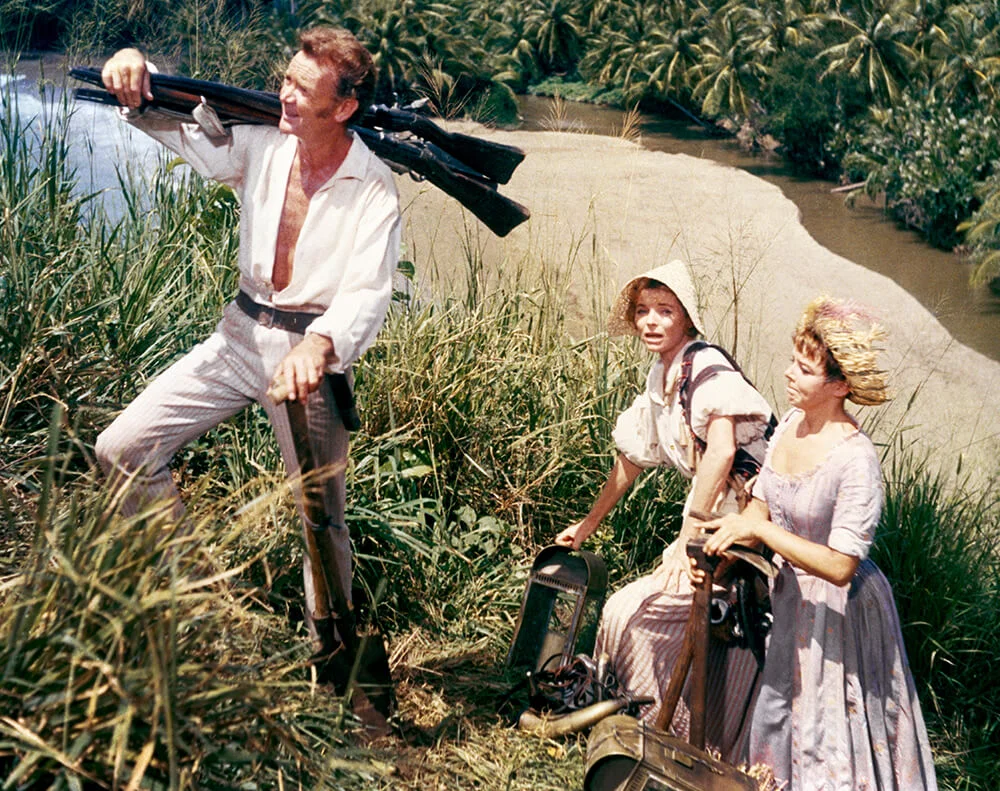
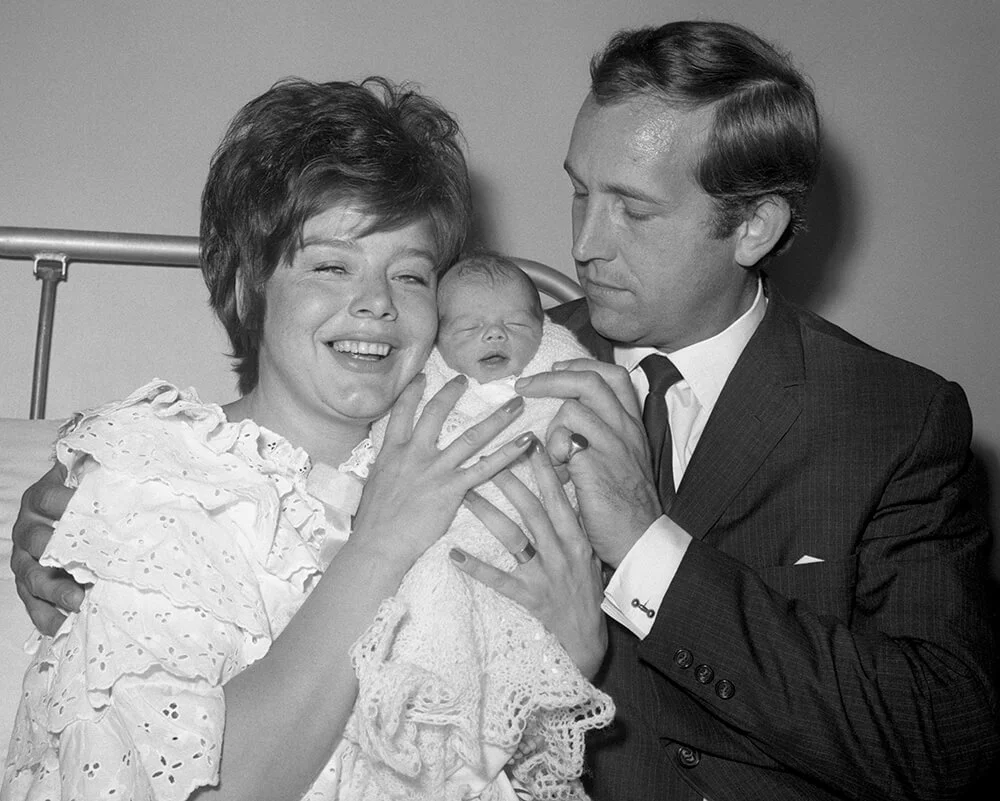
Film actress Janet Munro gently clasps her baby daughter Sally with her husband Ian Hendry at her maternity home in Woking. The baby weighed 6klbs. Photo taken on 7 July 1964.



